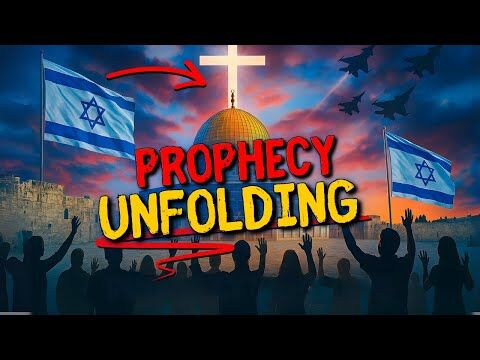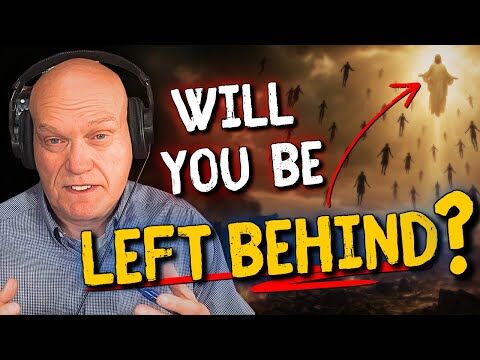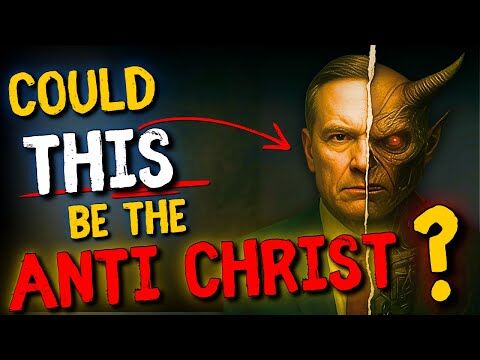“In the days when the judges ruled there was a famine in the land, and a man of Bethlehem in Judah went to sojourn in the country of Moab, he and his wife and his two sons. The name of the man was Elimelech and the name of his wife Naomi, and the names of his two sons were Mahlon and Chilion. They were Ephrathites from Bethlehem in Judah. They went into the country of Moab and remained there. But Elimelech, the husband of Naomi, died, and she was left with her two sons. These took Moabite wives; the name of the one was Orpah and the name of the other Ruth. They lived there about ten years, and both Mahlon and Chilion died, so that the woman was left without her two sons and her husband.” (Ruth 1:1-5)
The Book of Ruth is the Cinderella story of the Old Testament, and it’s one of the most wonderfully written stories in all of Scripture. It’s also one of only two books in the entire Bible named after a woman, and the only one named after someone who wasn’t racially Jewish. Furthermore, it focuses on a female friendship between the young new convert Ruth and the older Naomi, who struggled with bitterness. And the love story between Ruth and Boaz is on par with anything a Hollywood filmmaker can dream up.
The story opens in one of the darkest seasons of Old Testament history when God’s people were living in sin during a famine brought on as a consequence of their hard hearts toward Him. Naomi was a Jewish woman whose husband moved her to the godless town of Moab, whose inhabitants descended from incest in the days of Genesis. There, Naomi saw her sons marry Moabite women and then she experienced the death of her sons and husband, leaving her destitute and alone. Funerals where three grieving widows say goodbye to their husbands serve as a bleak backdrop for the beginning of an epic adventure of faith.
Throughout the book, we see the theme of God’s good providence. Practically, this means that He can and does bring us both blessing (like bread) and what the Puritan John Flavel called “a sanctified affliction.” There’s a difference between “hurt” and “harm,” since hurt can at times be helpful and not harmful. For example, the pain of a surgeon cutting cancer out of our body does hurt, but is helpful rather than harmful. Like a surgeon, God at times does allow, or even cause, some things that are painful in the short term but helpful in the long term—much like a doctor who allows the brief hurt of surgery for the greater good of removing deadly cancer that would harm and kill the infected person. Yes, the women are hurting, but healing is coming to move them from harm’s way.
Ruth begins with an honest look at a painful season in the life of Naomi and Ruth. Have you ever had a season like theirs where maybe you had financial troubles, lost a loved one, or had to move? {eoa}
Mark Driscoll is a Jesus-following, mission-leading, church-serving, people-loving, Bible-preaching pastor and the author of many books, including Spirit-Filled Jesus, which you can preorder here. He currently pastors The Trinity Church in Scottsdale, Arizona, with his family. For all of Pastor Mark Driscoll’s Bible teaching, please visit markdriscoll.org or download the app.
Click here to get a free devotional ebook from Pastor Mark Driscoll.











































